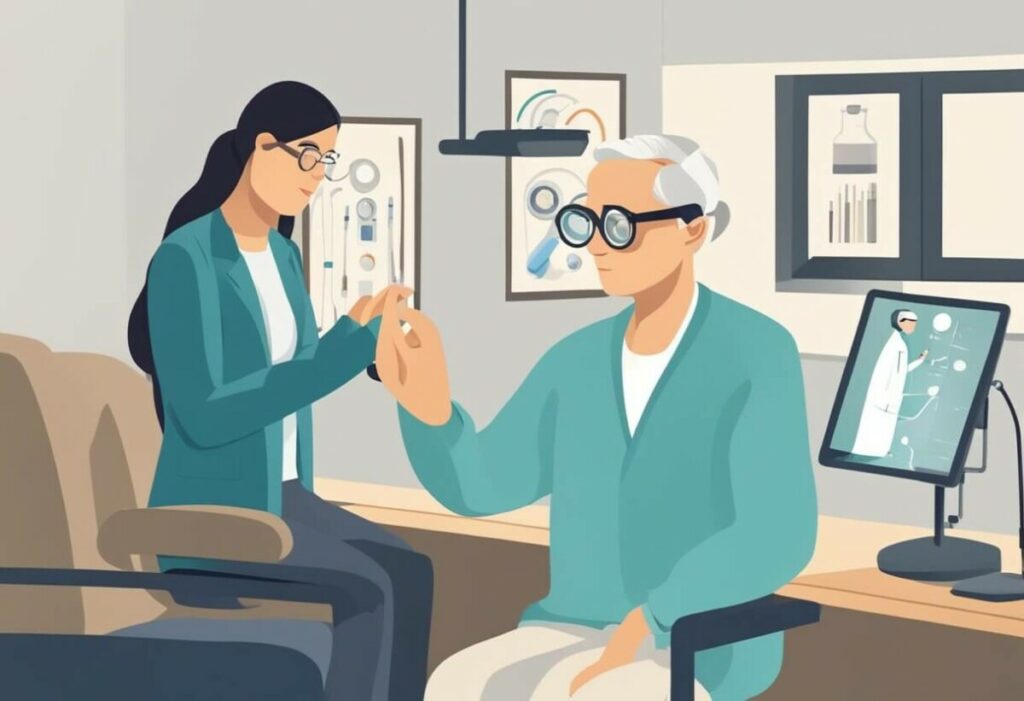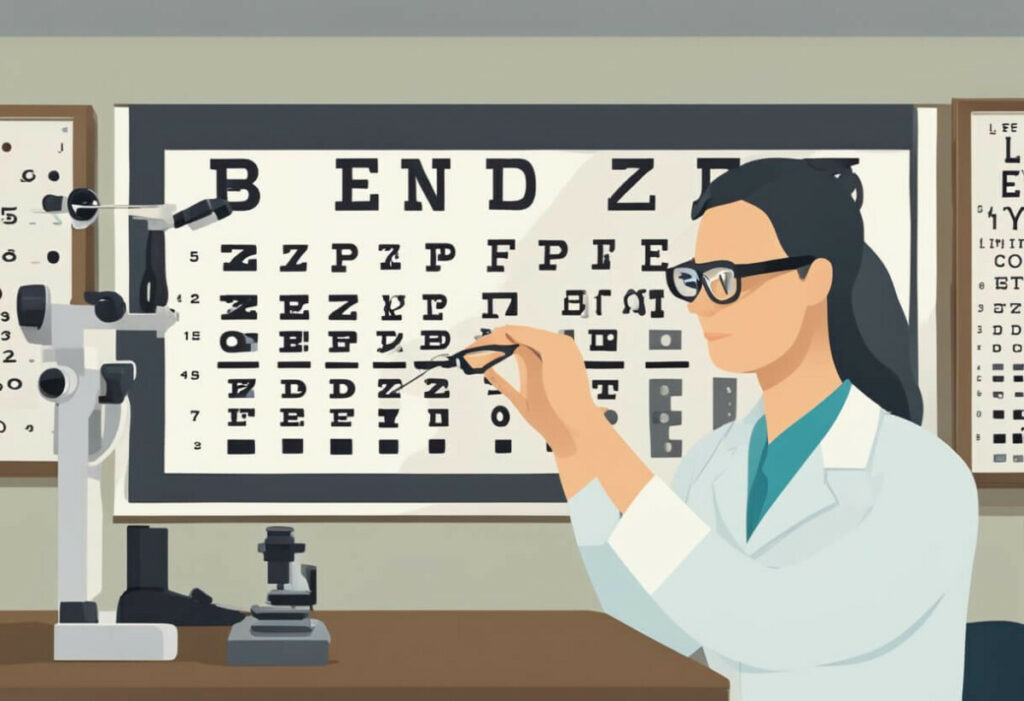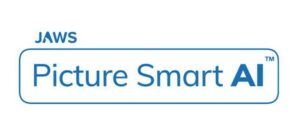The Significance of Regular Eye Check-ups for the Visually Impaired: Ensuring Optimal Vision Health

Regular eye check-ups are a fundamental component of healthcare, especially for those experiencing visual impairment. For individuals with visual challenges, these appointments are more than just routine—they are an essential part of maintaining and enhancing their remaining vision. As vision loss can often be a progressive condition, early detection, and consistent monitoring are key to managing and adapting to changes in sight. During March Eye Care Awareness Month, we emphasize the significance of comprehensive eye examinations in preserving eye health and preventing further deterioration of vision.
At New England Low Vision and Blindness, we understand the unique needs of the visually impaired community and the importance of access to leading-edge assistive technology and training. Eye examinations for the visually impaired are tailored to assess functional vision and to determine the most effective resources and strategies for each individual. These evaluations go beyond standard vision screening, delving into a full range of visual abilities to equip our clients with the best tools for their visual independence.
Our commitment is to bring hope and practical solutions that improve the daily lives of those with visual impairments. By advocating for regular and thorough eye exams, we support a proactive approach to eye care that not only helps to manage vision loss but also integrates the latest advancements in assistive technology, enhancing quality of life and fostering greater self-reliance. March is a time to spotlight the critical role of eye health, and we stand ready to guide our community through its journey to better eye care and greater empowerment.
Understanding Visual Impairment
As we observe March Eye Care Awareness Month, we recognize the importance of understanding visual impairment and its effects. Knowing about common eye diseases and their impact on vision loss is essential in promoting eye health.
Common Eye Diseases and Conditions
Visual impairments range widely in severity, but here are some of the most prevalent conditions:
- Blindness: The complete lack of vision or remaining vision that is highly unusable.
- Legal blindness: Not complete blindness, but vision that is severely compromised and defined by legal standards.
- Diabetic retinopathy: A complication of diabetes that affects the eyes, potentially leading to blindness.
- Glaucoma: A group of eye conditions that damage the optic nerve, pivotal for good vision.
- Cataracts: A clouding of the eye’s lens leading to a decrease in vision.
- Age-related macular degeneration (AMD): A condition that causes loss of central vision, usually in both eyes.
- Retinitis Pigmentosa: A group of rare, genetic disorders that involve a breakdown and loss of cells in the retina.
Regular eye check-ups can help in the early detection and treatment of these conditions.
The Impact of Vision Loss
The implications of vision impairment are considerable and multifaceted:
- Personal: Everyday tasks can become challenging, leading to a decrease in independence and quality of life.
- Professional: Vision loss can impact one’s ability to work, which can affect financial stability.
- Social: Those with vision loss may experience changes in how they interact socially, potentially leading to isolation.
Our goal is to bring hope and leading-edge resources to those living with visual impairment. Comprehensive eye exams can mitigate these impacts by providing early detection and a path to adaptation through assistive technology and training.
The Importance of Regular Eye Check-Ups
As we observe March Eye Care Awareness Month, we understand the value regular eye check-ups hold for the visually impaired. These exams are essential in maximizing visual function and ensuring the best possible eye health.
Early Detection and Management
Regular eye check-ups are paramount for individuals with visual impairments. Screening conducted by an experienced ophthalmologist or optometrist can lead to early detection of eye conditions. Addressing eye issues promptly allows for effective management and can prevent further deterioration of vision.
For example, recognizing eye diseases such as glaucoma or diabetic retinopathy in their initial stages through comprehensive eye exams can significantly aid in timely intervention. This is particularly crucial for individuals with a family history of eye diseases, as they are at a higher risk and thereby, require closer monitoring.
Monitoring Eye Health Over Time
Beyond the initial detection, regular eye assessments enable continued observation of changes over time. In our role as a leading assistive technology provider and trainer, we consistently advocate for ongoing evaluations to keep track of the progression of any existing conditions.
Tracking eye health chronically also helps in adjusting visual aids and technologies to adapt to a person’s evolving vision needs. By using leading-edge solutions matched with consistent monitoring, we bring hope and help maintain independence for those with visual impairments.
Vision Correction and Rehabilitation
In recognition of March Eye Care Awareness Month, we underscore the importance of proactive measures in vision correction and the integration of comprehensive rehabilitation services. Our commitment is to ensure individuals with visual impairments have access to leading-edge solutions and support systems that enhance their visual capabilities and daily living.
Corrective Measures for Vision Impairment
For those facing vision impairment, a broad spectrum of corrective measures is available. Glasses and contact lenses are the most common vision correction tools prescribed after an eye examination to enhance visual acuity. Sunglasses with UV protection are also crucial, as they shield eyes from harmful rays, potentially slowing down the progression of conditions like cataracts. In certain cases, laser therapy can be a viable option to correct refractive errors and reduce dependence on eyewear. Each solution is tailored to individual needs, enhancing the remaining vision to its fullest potential.
Navigating Low-Vision Aids and Support
When vision cannot be corrected to a normal level, low vision aids play an instrumental role. We offer an array of devices from handheld magnifiers to advanced electronic systems, all designed to accommodate various levels of visual impairment. Rehabilitation services are pivotal, as they provide training and resources that promote mobility and foster independence. These services range from orientation and mobility training to assistive technology instruction, ensuring that our clients can navigate their environments safely and confidently. We are here to bring hope and support to those adjusting to life with low vision, helping them to connect with the right resources for their needs.
Lifestyle and Preventative Measures
To maintain and potentially improve eye health and functionality, especially for those with visual impairments, incorporating certain lifestyle and preventative measures is crucial. We focus on areas that significantly affect eye health, such as diet, nutrition, and physical activity.
Diet and Nutrition for Eye Health
Proper nutrition plays a vital role in eye health. We recommend a diet rich in:
- Vitamin A: Essential for good vision, found in foods like carrots and sweet potatoes.
- Vitamin C: An antioxidant that supports healthy blood vessels in the eyes, prevalent in citrus fruits and leafy greens.
- Vitamin E: Protects cells in the eyes from damage, available in nuts and seeds.
Incorporate these nutrients into your diet through:
- Colorful Fruits and Vegetables: Aim for a rainbow on your plate to ensure a range of essential vitamins.
- Omega-3 Fatty Acids: Found in fish, these acids support retinal health and reduce the risk of eye diseases.
The Role of Exercise and Physical Health
Regular exercise can also greatly benefit eye health. Here’s how physical activity helps:
- Reduces Risk of Diseases: By maintaining a healthy weight, you’re less likely to develop conditions like diabetes or high blood pressure, which can affect vision.
- Promotes Circulation: Enhancing blood flow to the eyes can help remove toxins and increase oxygen supply.
We suggest:
- Fitness Routines: Incorporate at least 30 minutes of moderate exercise into your daily routine.
- Breaks from Screen Time: If your lifestyle involves prolonged computer use, remember to take short breaks to decrease eye strain.
Remember, while maintaining a healthy lifestyle is important, regular comprehensive eye exams are vital to detect any changes in your visual health, particularly for the visually impaired. These exams help in early identification and treatment, ensuring you have access to the latest leading-edge resources and training at New England Low Vision and Blindness to live a life full of hope.
Technological Advancements in Eye Care
In recognition of March Eye Care Awareness Month, we emphasize the significance of advancements in diagnostic technology, treatment innovations, and vision technology in supporting the visually impaired community.
Diagnostic technology has seen remarkable strides with artificial intelligence enhancing the accuracy of condition predictions, such as in diabetic retinopathy and age-related macular degeneration (Technology Is Transforming Ophthalmology).
- OCT Scanners: High-resolution imaging for early disease detection.
- Visual Field Tests: Automated perimetry for comprehensive field of vision analysis.
When it comes to treatment innovations, dichoptic training has emerged as a method to improve binocularity for patients with amblyopia by presenting independent stimuli to each eye, a process that can lead to significant visual improvement (Advances in Eye Care).
Vision technology is another vital area where our leading-edge resources play a significant role. Digital enhancements in low vision aids have facilitated access to information in new ways, supporting daily independence.
- Wearable Tech: Devices that provide real-time auditory descriptions of the environment.
- Assistive Reading Tools: Text-to-speech technology allows for easy consumption of printed material.
As a leading assistive technology provider and assistive technology trainer, we bring hope and empowerment, offering a suite of resources that incorporate these technologies, providing life-changing support to the visually impaired. Our commitment during Eye Care Awareness Month is to promote eye health and the critical importance of regular comprehensive eye exams.





